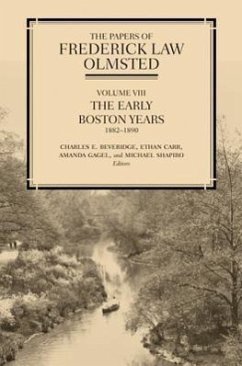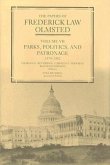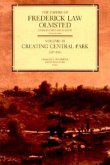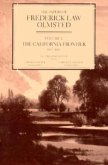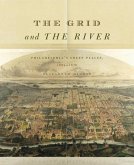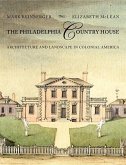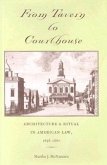Frederick Law Olmsted relocated from New York to the Boston area in the early 1880s. With the help of his stepson and partner, John Charles Olmsted, his professional office grew to become the first of its kind: a modern landscape architecture practice with park, subdivision, campus, residential, and other landscape design projects throughout the country. During the period covered in this volume, Olmsted and his partners, apprentices, and staff designed the exceptional park system of Boston and Brookline¿including the Back Bay Fens, Franklin Park, and the Muddy River Improvement. Olmsted also designed parks for New York City, Rochester, Buffalo, and Detroit and created his most significant campus plans for Stanford University and the Lawrenceville School. The grounds of the U.S. Capitol were completed with the addition of the grand marble terraces that he designed as the transition to his surrounding landscape. Many of Olmsted¿s most important private commissions belong to these years. He began his work at Biltmore, the vast estate of George Washington Vanderbilt, and designed Rough Point at Newport, Rhode Island, and several other estates for members of the Vanderbilt family. Olmsted wrote more frequently on the subject of landscape design during these years than in any comparable period. He would never provide a definitive treatise or textbook on landscape architecture, but the articles presented in this volume contain some of his most mature and powerful statements on his art.
Hinweis: Dieser Artikel kann nur an eine deutsche Lieferadresse ausgeliefert werden.
Hinweis: Dieser Artikel kann nur an eine deutsche Lieferadresse ausgeliefert werden.

